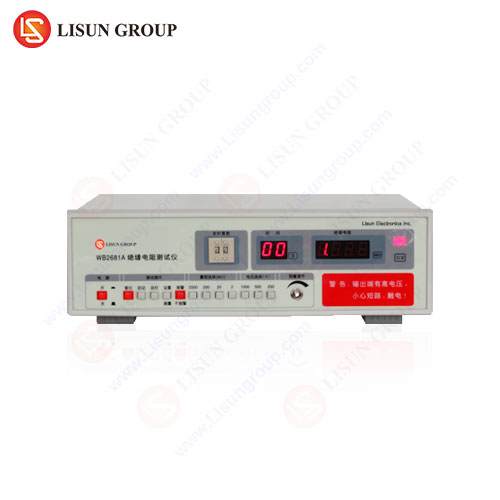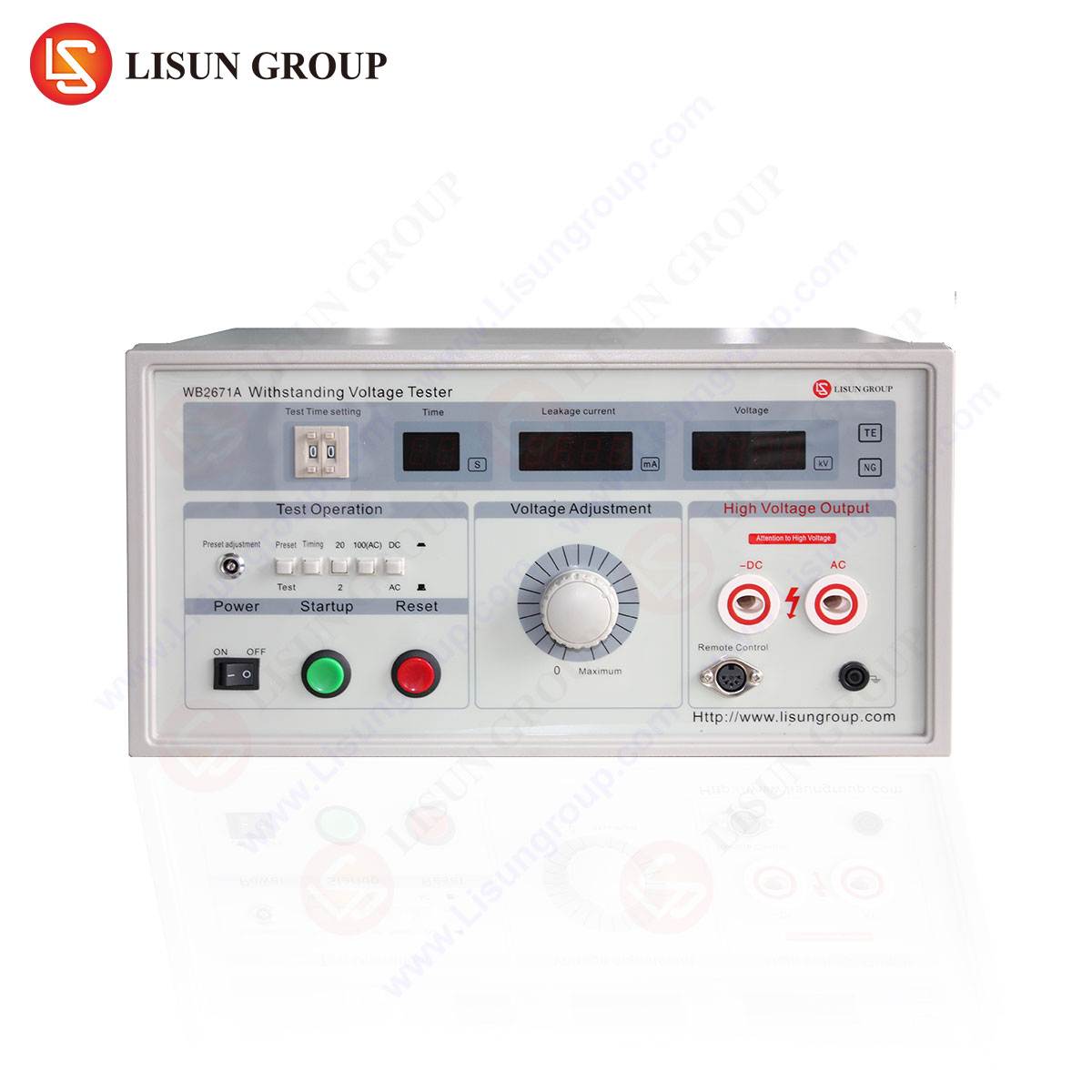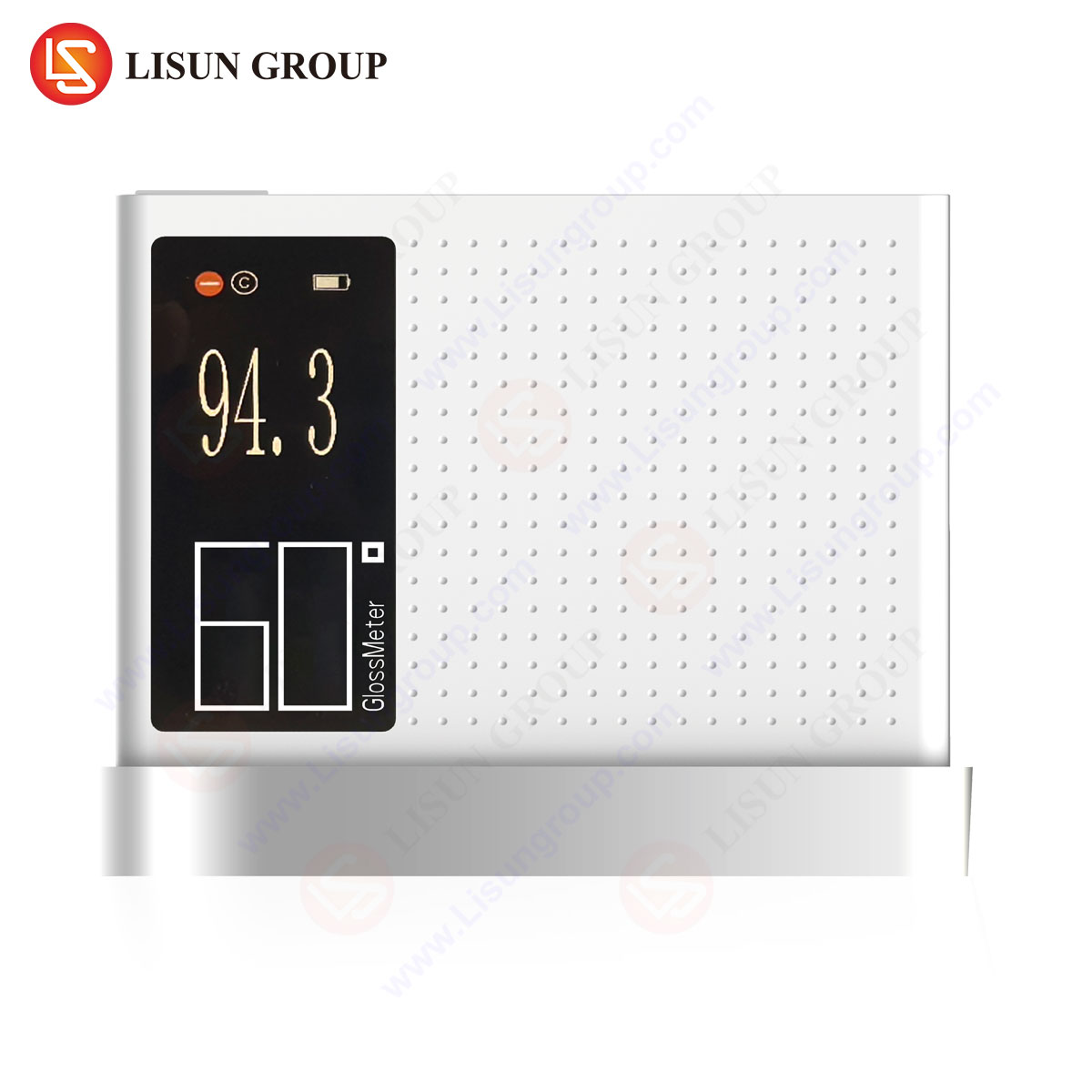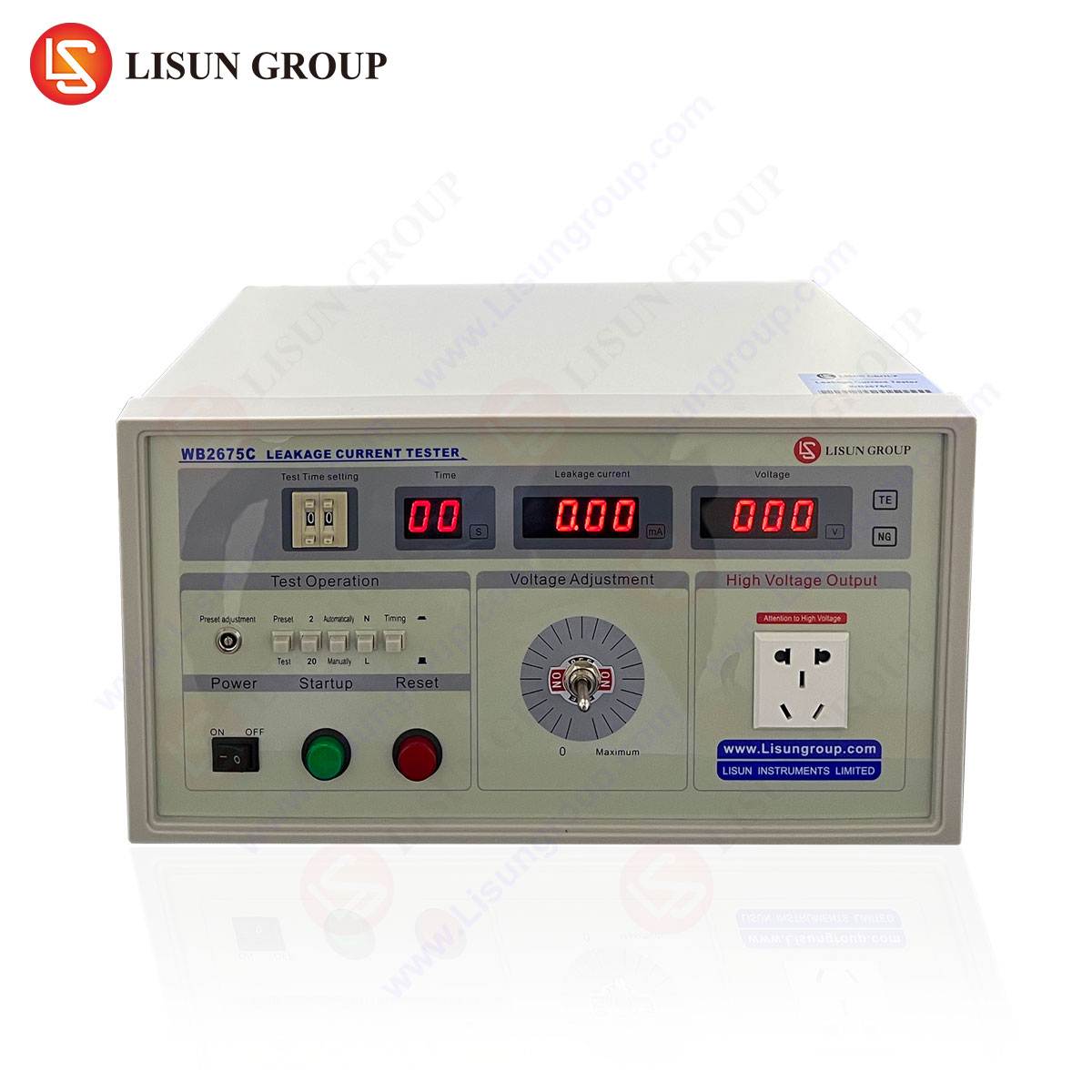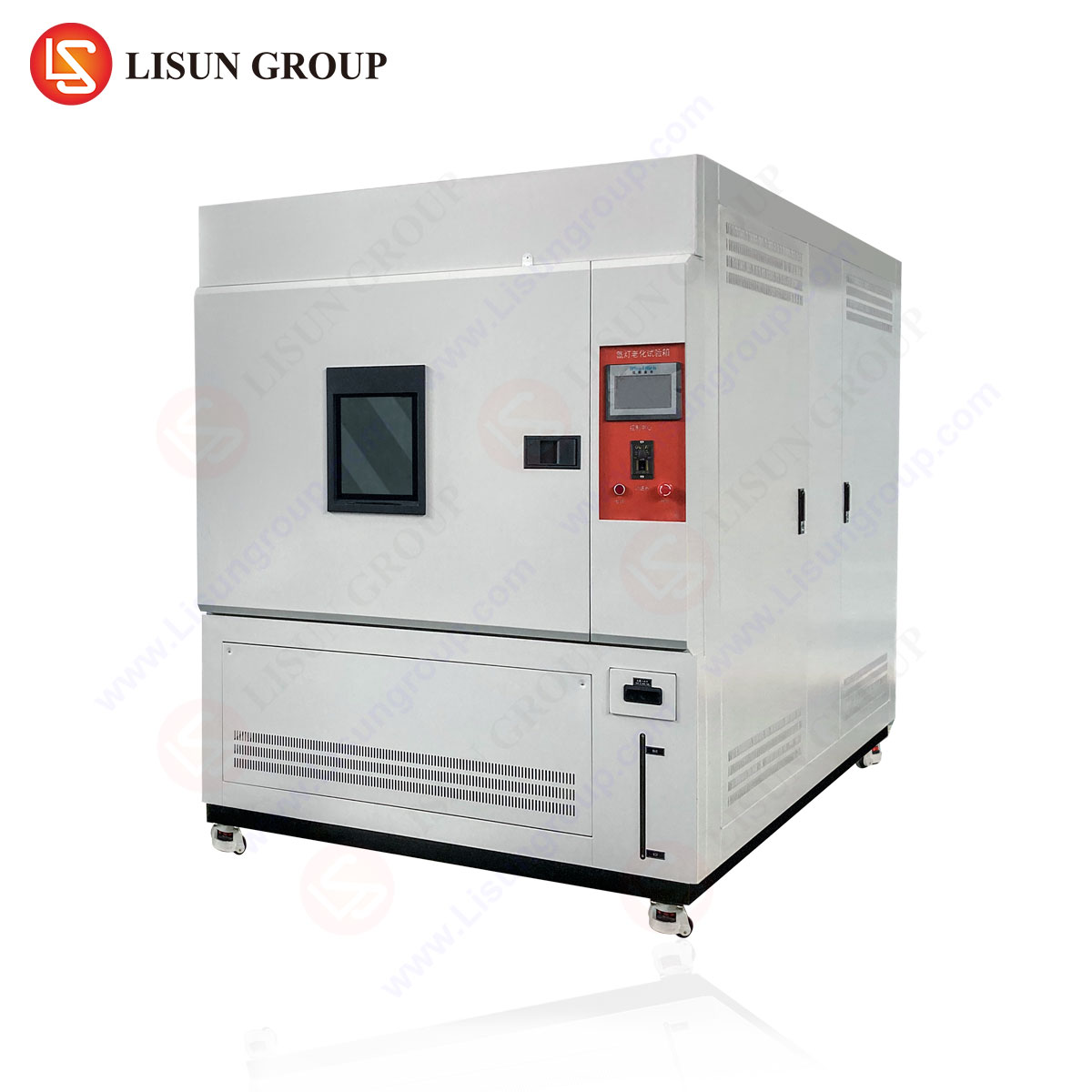Introduction to Grounding Resistance Testing in Modern Electrical Systems
Grounding resistance testing is a critical procedure in ensuring the safety and reliability of electrical installations across multiple industries. The ability to measure low-resistance grounding paths (0–200mΩ) with high current (25A) is essential for verifying the integrity of protective earthing systems. The LISUN WB2678A Grounding Resistance Tester exemplifies this capability, providing precise measurements for applications in electrical components, industrial control systems, and telecommunications infrastructure.
This article examines the technical specifications, testing methodologies, and industry-specific applications of the WB2678A, emphasizing its role in compliance with international standards such as IEC 60364, UL 467, and IEEE 81.
Core Specifications of the WB2678A Grounding Resistance Tester
O LISUN WB2678A is engineered for high-precision measurements in demanding environments. Key specifications include:
- Faixa de medição: 0–200mΩ (±1.5% accuracy)
- Test Current: 25A (adjustable)
- Resolution: 0.1mΩ
- Operating Frequency: 50Hz/60Hz
- Safety Compliance: CAT III 600V, IEC 61010-1
- Registo de dados: Supports storage of up to 1,000 test records
These parameters ensure reliable performance in detecting minute resistance deviations, critical for applications in aerospace components, medical devices, and high-voltage industrial systems.
Testing Methodology: Four-Wire Kelvin Measurement Principle
O WB2678A emprega um four-wire Kelvin measurement technique, eliminating lead resistance interference for enhanced accuracy. This method involves:
- Current Injection: A stabilized 25A current is applied between the grounding electrode and auxiliary probe.
- Voltage Drop Measurement: The potential difference across the grounding system is measured via separate sensing leads.
- Resistance Calculation: Using Ohm’s Law (R = V/I), the instrument computes the grounding resistance.
This approach is particularly effective in environments with high electromagnetic interference (EMI), such as industrial control panels and power substations.
Industry-Specific Applications of the WB2678A
1. Electrical and Electronic Equipment Manufacturing
In production lines for circuit breakers, switches, and sockets, the WB2678A verifies grounding continuity, ensuring compliance with IEC 60950-1 safety standards.
2. Eletrónica automóvel
Electric vehicle (EV) charging stations require low-resistance grounding (<100mΩ) to prevent leakage currents. The tester’s 25A output simulates fault conditions, validating protective measures.
3. Telecommunications Infrastructure
Telecom towers and data centers rely on robust grounding to dissipate lightning-induced surges. The WB2678A detects corrosion or loose connections in buried electrodes.
4. Dispositivos médicos
Hospitals use the tester to validate equipotential bonding in operating rooms, adhering to IEC 60601-1 leakage current limits.
Comparative Advantages Over Conventional Testers
| Recurso | WB2678A | Conventional Tester |
|---|---|---|
| Test Current | 25A (adjustable) | 10A (fixed) |
| Precisão | ±1.5% | ±5% |
| EMI Resistance | High (shielded leads) | Moderado |
| Registo de dados | 1,000 records | Manual recording |
O WB2678A outperforms competitors in repeatability and ruggedness, making it ideal for field testing in harsh industrial environments.
Compliance with International Safety Standards
The tester aligns with:
- IEC 61557-5 (Earth resistance measurement)
- ANSI/NFPA 70 (National Electrical Code)
- EN 50522 (Earthing of power installations)
Its CAT III 600V rating ensures operator safety during live system testing.
FAQ: Common Technical Queries
Q1: Why is a 25A test current necessary for grounding resistance measurements?
A 25A current minimizes contact resistance errors, particularly in high-impedance soils or corroded electrodes, ensuring measurement reliability.
Q2: Can the WB2678A test grounding systems in explosive environments?
Yes, when used with intrinsically safe probes, it complies with ATEX directives for hazardous locations.
Q3: How does the four-wire method improve accuracy over two-wire testing?
By separating current and voltage paths, lead resistance is negated, critical for sub-100mΩ measurements.
Q4: Is temperature compensation required for outdoor testing?
The WB2678A auto-compensates for ambient temperature fluctuations between -10°C to 50°C.
Q5: What maintenance is required for long-term accuracy?
Annual calibration per ISO 17025 and periodic lead inspection are recommended.


